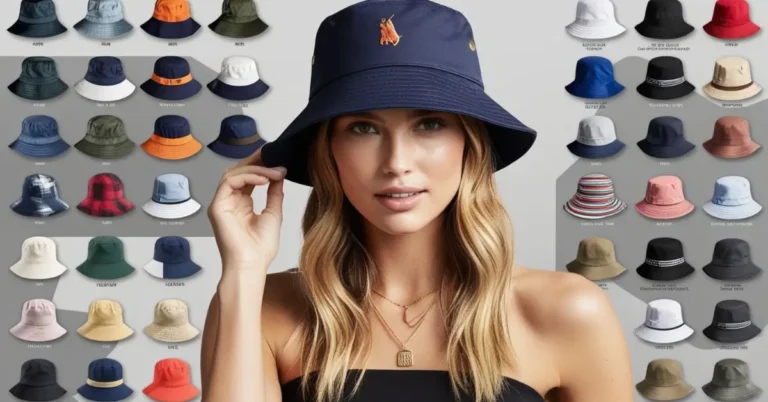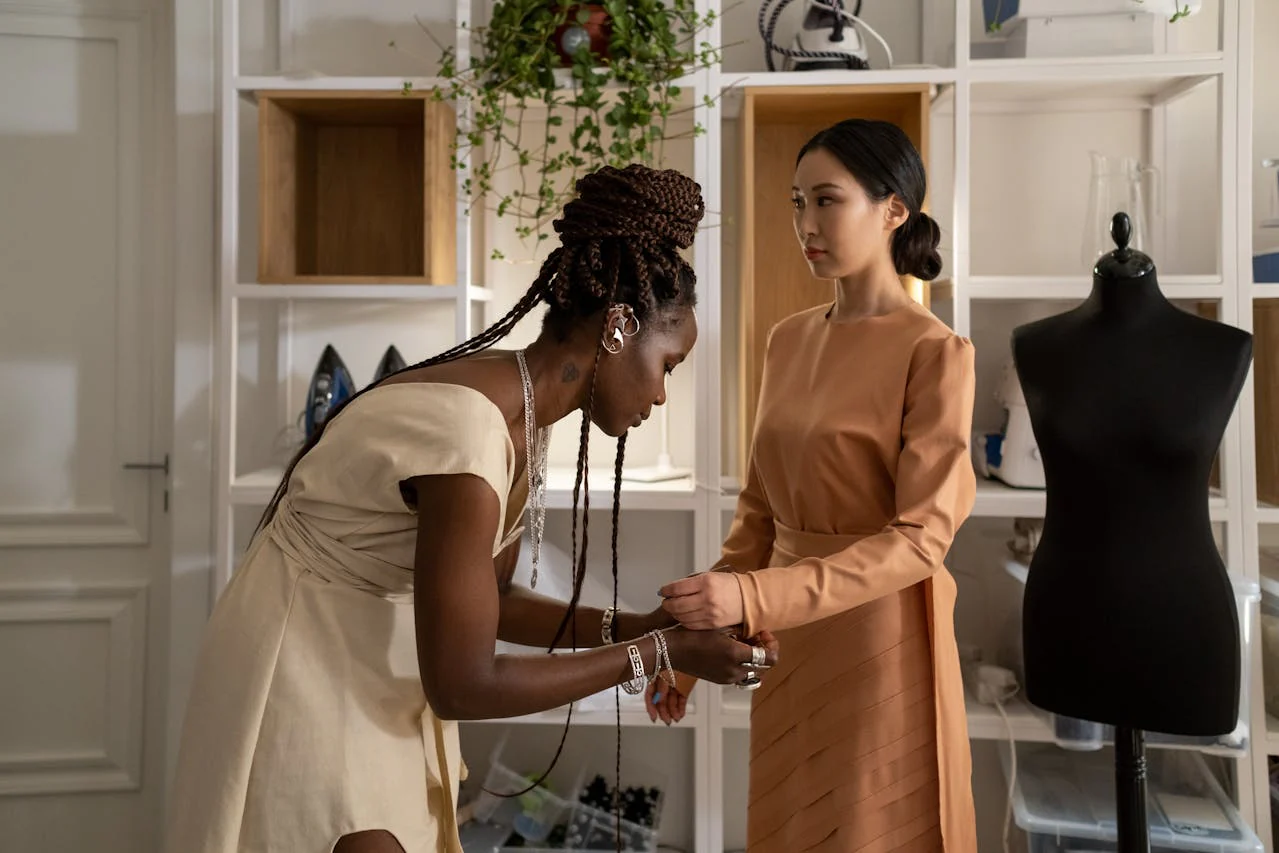The bucket hat has been a versatile and enduring fashion accessory for decades. Its distinct shape and simple design have made it a favorite among a wide range of people, from fishermen and farmers to fashion icons and celebrities. Over the years, the bucket hat has transitioned from a purely functional item to a fashion statement that has taken the runways, streets, and social media by storm. In this article, we will explore the history, cultural significance, and modern-day popularity of the bucket hat, delving into how it became a global trend and why it continues to remain relevant today.
The Origins of the Bucket Hat
The bucket hat, also known as the “fisherman’s hat” or “session hat,” traces its roots back to the early 1900s. It was initially designed as a practical headpiece for Irish farmers and fishermen. Made from durable, water-resistant materials like wool or tweed, the original purpose of the hat was to protect workers from the unpredictable weather conditions in the Irish countryside. The downward sloping brim of the hat helped keep rain away from the wearer’s face and neck, while its soft construction allowed it to be easily folded and stored when not in use.
During the First World War, bucket hats were worn by soldiers in the trenches due to their practicality. However, it wasn’t until much later that the hat started to make its way into mainstream fashion. In the 1960s, as fashion began to evolve and draw from various subcultures, the bucket hat became a popular item among outdoor enthusiasts and later gained traction in the fashion world.
The Rise of the Bucket Hat in Popular Culture
The bucket hat’s rise to fame in popular culture can be attributed to several key moments in fashion history. In the 1960s and 1970s, the hat became associated with the burgeoning hippie movement, with young people seeking nonconformist styles. The relaxed and unconventional design of the bucket hat was a perfect fit for the counterculture movement that valued individuality, peace, and a rejection of mainstream societal norms.
Fast forward to the 1980s, and the bucket hat found its way into the hip-hop scene. Hip-hop artists began adopting the bucket hat as part of their unique style, and it quickly became an emblem of the genre. Artists like LL Cool J were frequently seen sporting bucket hats, which added to the item’s cool factor and cemented its place in urban streetwear culture. The bucket hat became synonymous with the rise of street fashion, symbolizing rebellion, creativity, and self-expression.
The 1990s Boom and Fashion’s Influence
The 1990s saw the bucket hat’s widespread mainstream acceptance as it transitioned from subcultures into the world of high fashion. Designers like Prada, Ralph Lauren, and Kangol began incorporating the bucket hat into their collections, giving it a high-end makeover. Brands saw an opportunity to market the bucket hat to a broader audience, mixing the urban appeal of the hip-hop scene with the glamour of high fashion. Celebrities, including actors, musicians, and models, were often seen wearing bucket hats, further boosting its status as a trend.
One of the reasons for the bucket hat’s enduring popularity is its versatility. The hat can be made from a wide variety of materials, including cotton, denim, nylon, and canvas, making it suitable for different climates and seasons. Whether worn in summer to provide shade or in colder weather to protect against the elements, the bucket hat is a practical and fashionable accessory for all occasions. Its unisex appeal also means that it can be worn by people of all genders, further contributing to its widespread popularity.
The Resurgence of the Bucket Hat in the 21st Century
Although the bucket hat experienced a lull in popularity during the early 2000s, it has made a significant comeback in recent years. The resurgence of 1990s nostalgia in fashion has brought many trends back into the spotlight, and the bucket hat is no exception. It has become a staple in the wardrobe of many millennials and Gen Z individuals, who are drawn to its retro aesthetic and laid-back vibe. Social media platforms like Instagram and TikTok have played a pivotal role in the bucket hat’s return, with influencers, fashion bloggers, and celebrities once again championing the trend.
In addition to its retro appeal, the bucket hat’s resurgence can also be attributed to the increasing popularity of streetwear. Streetwear has become a dominant force in fashion, with brands like Supreme, Off-White, and Nike frequently incorporating bucket hats into their collections. These brands have managed to elevate the bucket hat from a casual accessory to a coveted fashion item, often collaborating with luxury designers to create limited-edition versions of the hat that sell out within minutes.
The Bucket Hat in High Fashion
High fashion’s embrace of the bucket hat has helped propel it into the global spotlight. Luxury designers such as Gucci, Louis Vuitton, and Dior have all featured bucket hats in their runway shows, often experimenting with bold patterns, textures, and materials. These high-end interpretations of the bucket hat add a sense of exclusivity and luxury to the item, making it a must-have for fashion-forward individuals.
In particular, the collaboration between Kangol and major fashion houses has played a significant role in maintaining the bucket hat’s prestige. The brand, known for its classic wool and cotton bucket hats, partnered with top designers to create innovative versions of the iconic hat. The Kangol bucket hat, often associated with 1980s and 1990s street culture, has evolved into a luxury accessory that continues to resonate with modern fashionistas.
Cultural Impact of the Bucket Hat
Beyond its status as a fashion item, the bucket hats holds cultural significance in various communities. In many urban settings, the bucket hat has long been a symbol of authenticity and street credibility. Its association with hip-hop culture, in particular, gives it an air of rebellion and creative expression. Many fans of the genre still see the bucket hat as an essential piece of hip-hop history, paying homage to the artists who popularized it.
In the world of sports, bucket hats are commonly worn by athletes and fans alike, especially in outdoor activities like fishing, hiking, and camping. In the 1990s and 2000s, the bucket hat became a common sight at sporting events, from tennis courts to soccer fields. Its practical nature, coupled with its ability to protect against the sun, made it an ideal choice for outdoor sports enthusiasts.
Similarly, the bucket hats has made its way into the political sphere. In various parts of Africa and the Caribbean, the bucket hats is often worn as a symbol of political and social movements. It has been adopted by freedom fighters, activists, and political leaders, signifying resistance and the fight for independence.
Why the Bucket Hat Continues to Thrive
The bucket hat’s continued success can be attributed to its adaptability and timeless appeal. Fashion trends often come and go, but the bucket hats ability to evolve with the times has ensured its longevity. It has remained relevant by seamlessly blending functionality with style, offering wearers a practical yet fashionable accessory.
Moreover, the bucket hats unisex design and one-size-fits-all approach make it accessible to a wide audience. It is easy to incorporate into any wardrobe, whether someone prefers a minimalist, streetwear-inspired look or a high-fashion ensemble. The bucket hats ability to transcend generations and subcultures has allowed it to remain a key player in the fashion industry for over a century.
Conclusion
The bucket hat has come a long way from its humble beginnings as a practical accessory for farmers and fishermen. Over the decades, it has evolved into a symbol of style, culture, and individuality. From its association with 1960s counterculture to its dominance in 1990s hip-hop, and now its resurgence in modern streetwear and high fashion, the bucket hats has proven its staying power in the ever-changing world of fashion.











